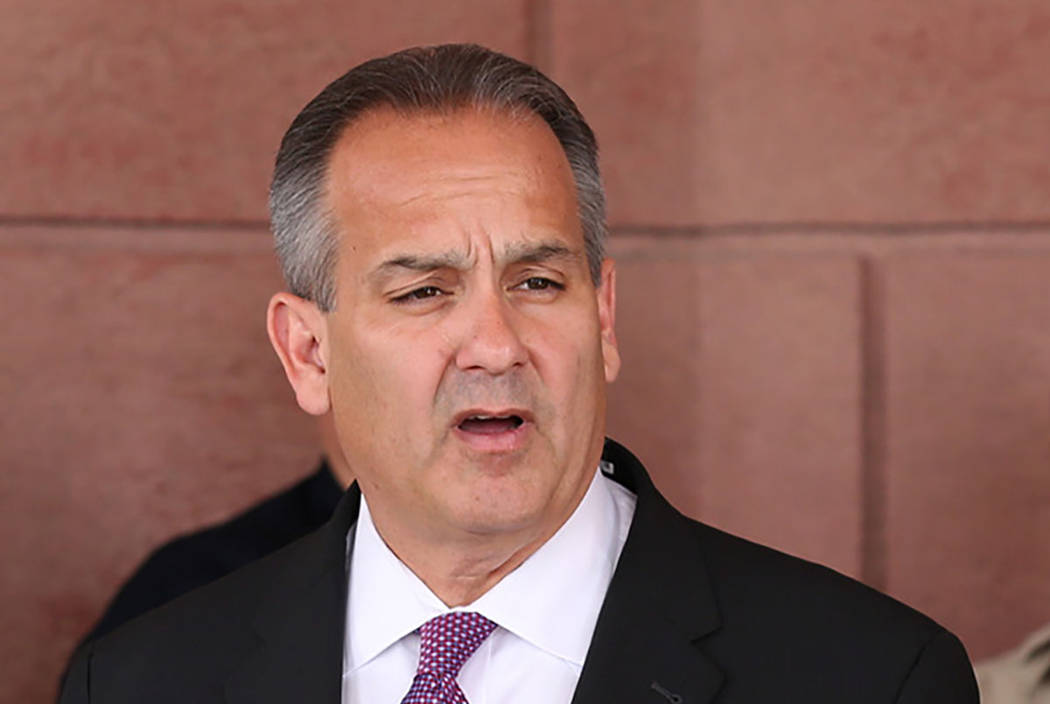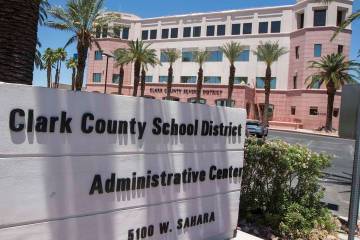Budget cuts curb safety at Clark County schools, leader says
The Clark County School District cannot pay for school safety improvements from its already strained capital budget, Superintendent Jesus Jara told the School Board on Monday following the Legislature’s move to cut a newly proposed school safety budget last week.
The proposed $54 million school safety budget was to be funded by the 10 percent retail marijuana tax that Gov. Steve Sisolak has suggested moving out of the state’s rainy day fund.
But amid cries for more funding, legislators last week proposed moving that marijuana revenue into the Distributive School Account to boost per-pupil funding by an average $120 and $124 each year of the biennium.
As a result, legislators cut funding for school safety significantly.
The resulting school budget left $7.5 million only for rural school districts, with a suggestion from legislators that Clark and Washoe county districts pay for such safety needs through their own capital improvement funds.
But the Clark County School District has $6 billion in deferred maintenance costs alone. That figure doesn’t even include the cost of replacing playgrounds falling into disrepair.
“Twenty percent of our children do not feel safe,” Jara said, referencing district data. “So I believe this cut will hurt the safety, which is our top priority for our schools.”
The need for safety improvements comes amid a particularly violent year in Clark County schools — with 17 firearms confiscated from juveniles on campus as of last week, and the fatal shooting of a Canyon Springs High School student on campus in September.
Meanwhile, the School Board approved a final budget on Monday that still does not include the cost of providing salary increases for employees, nor the anticipated rising costs of health care — both of which the district estimates would require another $110 to $120 million for next school year alone.
Chief Financial Officer Jason Goudie said that the district could make changes to its budget if the Legislature adds more to the per-pupil amount. The current budget slates $5,863 in per-pupil funding from the state, excluding local and other revenue.
The district estimates a decline in enrollment that will cost roughly $4.7 million, which Goudie said was ultimately recouped through the associated declining expenses of fewer students.
In more positive news, the district is projected to have an unassigned ending fund balance — a kind of reserve of money left over — of nearly $48 million, which is 2 percent of the general fund. That’s the highest it’s been in at least a decade. Building up the ending fund balance can improve the district’s bond ratings.
Contact Amelia Pak-Harvey at apak-harvey@reviewjournal.com or 702-383-4630. Follow @AmeliaPakHarvey on Twitter.




























